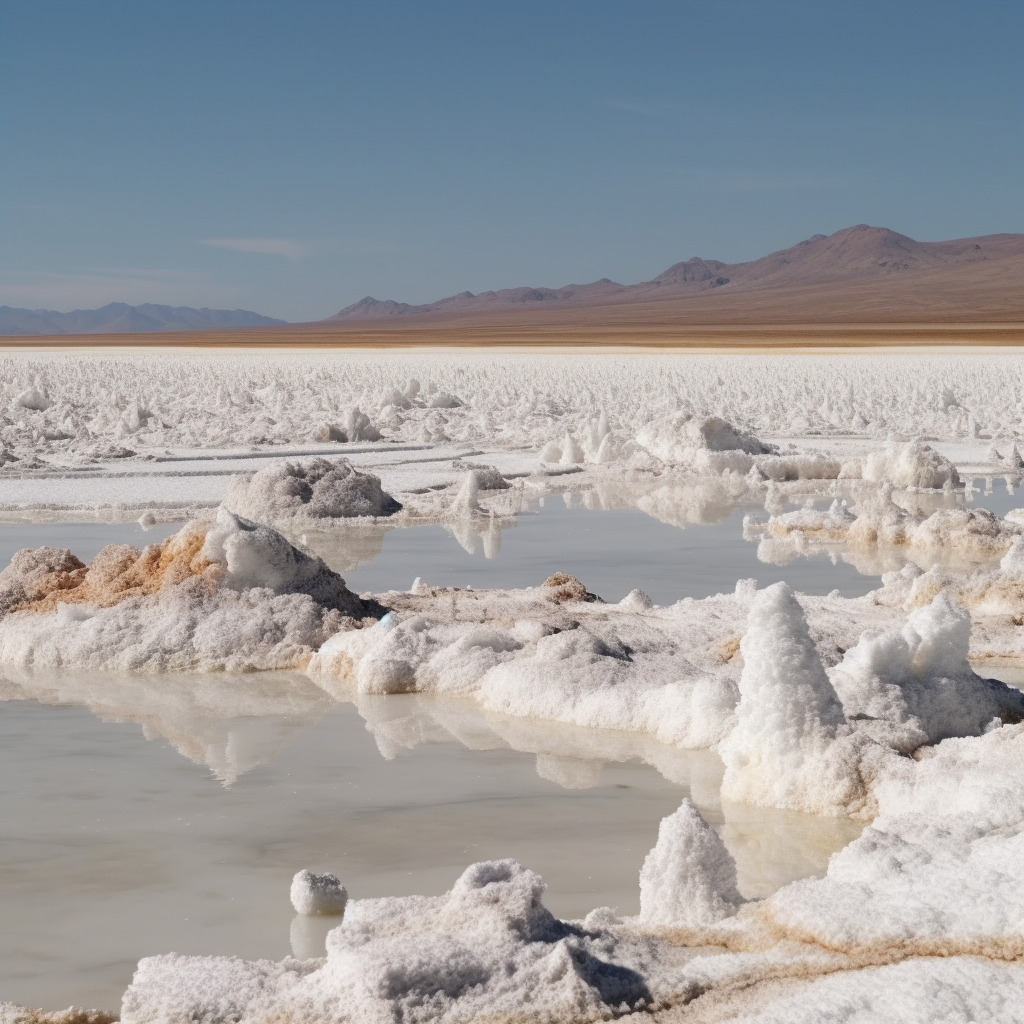As the world increasingly turns to lithium-ion batteries to power electric vehicles and store renewable energy, the demand for lithium has skyrocketed. This has brought the sustainability and environmental impact of lithium mining under scrutiny. Is sustainable lithium mining a paradox, or can we find solutions to mitigate the environmental impact while meeting the growing demand? In this article, we will explore the environmental impact of lithium mining, the challenges of sustainable mining practices, and potential solutions that could pave the way for a more responsible lithium supply chain.
Section 1: The Environmental Impact of Lithium Mining
1.1 Understanding Lithium Mining
Lithium is primarily extracted from two sources: brine deposits and hard rock ores. The extraction process can be water-intensive, and both methods have their environmental drawbacks. Understanding the consequences of lithium mining is crucial for assessing the potential for sustainable practices.
1.2 Environmental Challenges
Some of the environmental challenges associated with lithium mining include water consumption and contamination, land degradation, and the release of greenhouse gases. These impacts can have significant consequences for local ecosystems and communities, making the pursuit of sustainable lithium mining essential.
Section 2: The Challenges of Sustainable Lithium Mining
2.1 Balancing Demand and Conservation
The surging demand for lithium has put pressure on mining operations to increase production, often at the expense of environmental concerns. Finding a balance between meeting this demand and preserving the environment is a significant challenge facing the lithium mining industry.
2.2 Technological Limitations
Existing extraction technologies can be both energy-intensive and environmentally damaging. Developing cleaner, more efficient extraction methods is crucial for achieving sustainable lithium mining but poses significant technological challenges.
2.3 Regulatory and Policy Hurdles
Effective regulation and policy frameworks are necessary to ensure responsible lithium mining practices. However, inconsistent or inadequate regulations in some lithium-producing countries can hinder the adoption of sustainable mining practices.
Section 3: Potential Solutions for Sustainable Lithium Mining
3.1 Technological Innovations
Investing in research and development to improve lithium extraction technologies can lead to more sustainable mining practices. Innovations such as closed-loop systems, alternative extraction methods, and energy-efficient processing techniques can help reduce the environmental impact of lithium mining.
3.2 Responsible Sourcing and Supply Chain Management
Companies that rely on lithium for their products can play a role in promoting sustainable mining practices by implementing responsible sourcing policies and supply chain management systems. This includes evaluating the environmental and social performance of their suppliers and actively seeking out those with the best practices.
3.3 Government Regulations and International Collaboration
Governments and international organizations can help promote sustainable lithium mining by implementing and enforcing strict environmental regulations, providing incentives for responsible mining practices, and fostering collaboration between countries to share best practices and technological advancements.
3.4 Community Engagement and Education
Involving local communities in the decision-making process and providing them with the necessary resources and education can help create a more sustainable lithium mining industry. This approach ensures that the communities directly impacted by mining operations have a voice and can actively participate in shaping the industry’s future.
Section 4: The Road Ahead for Sustainable Lithium Mining
4.1 A Collective Effort
Achieving sustainable lithium mining requires a collective effort from multiple stakeholders, including mining companies, governments, local communities, and consumers. By working together, these groups can help drive the necessary changes to make lithium mining more environmentally responsible.
4.2 Paving the Way for a Greener Future
Sustainable lithium mining is not only possible but essential for the continued growth of the electric vehicle and renewable energy industries. By addressing the environmental challenges and adopting responsible mining practices, the lithium industry can play a crucial role in the global transition to a more sustainable future.
Conclusion
Sustainable lithium mining may seem like a paradox, but with the right combination of technological innovations, responsible sourcing, government regulations, and community engagement, it can become a possibility. By embracing sustainable mining practices, we can minimize the environmental impact of lithium mining and ensure that the lithium industry contributes positively to our global efforts toward a cleaner, greener future.



